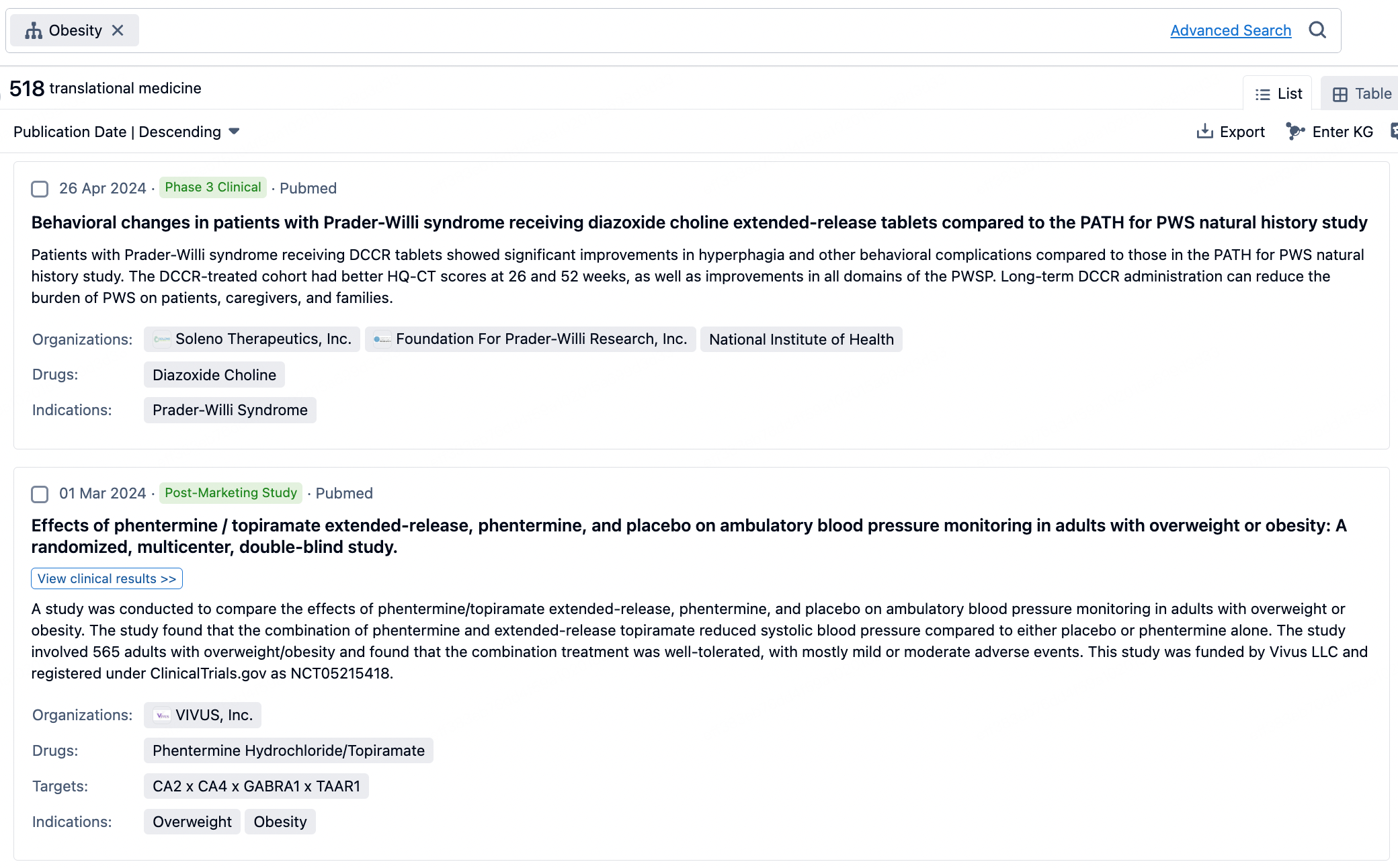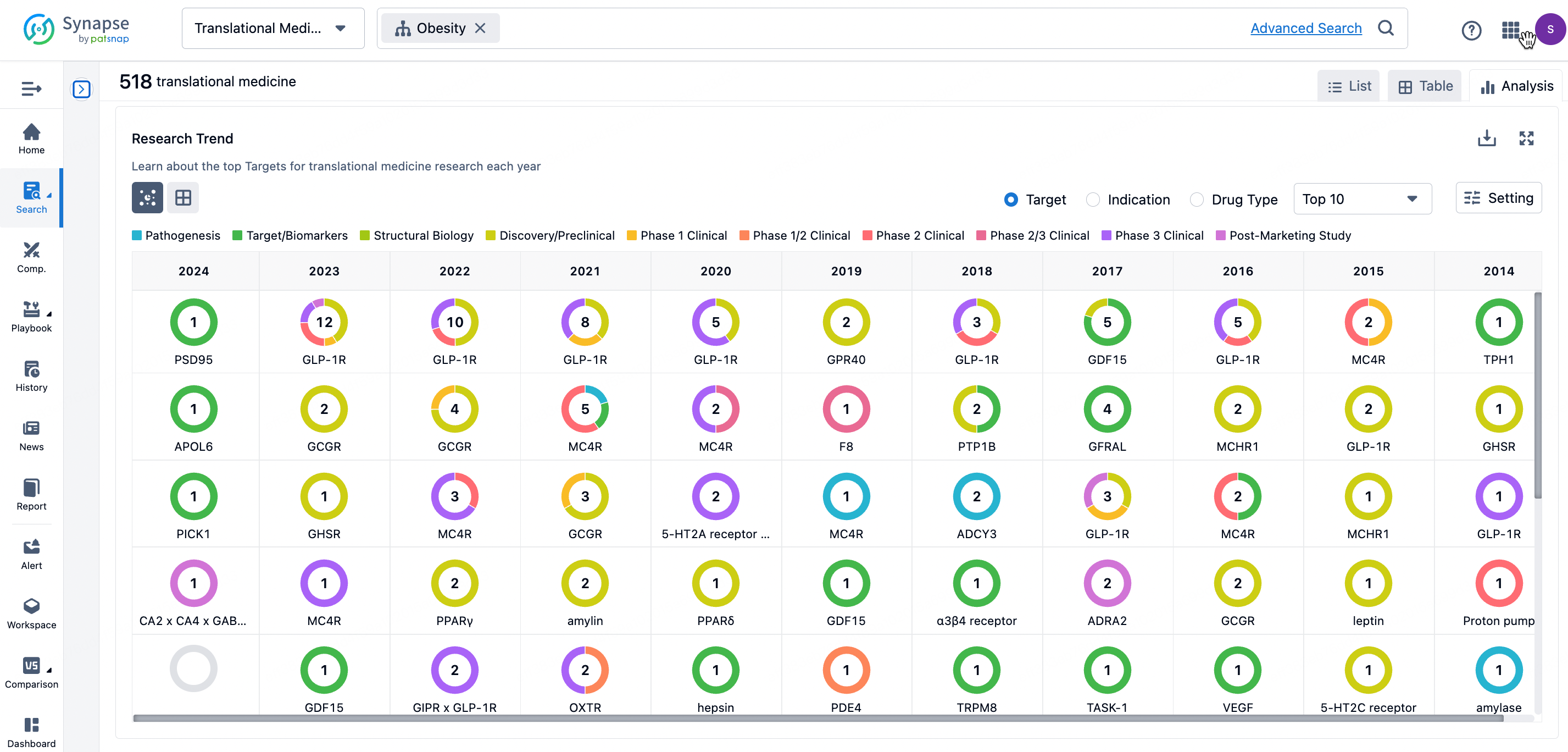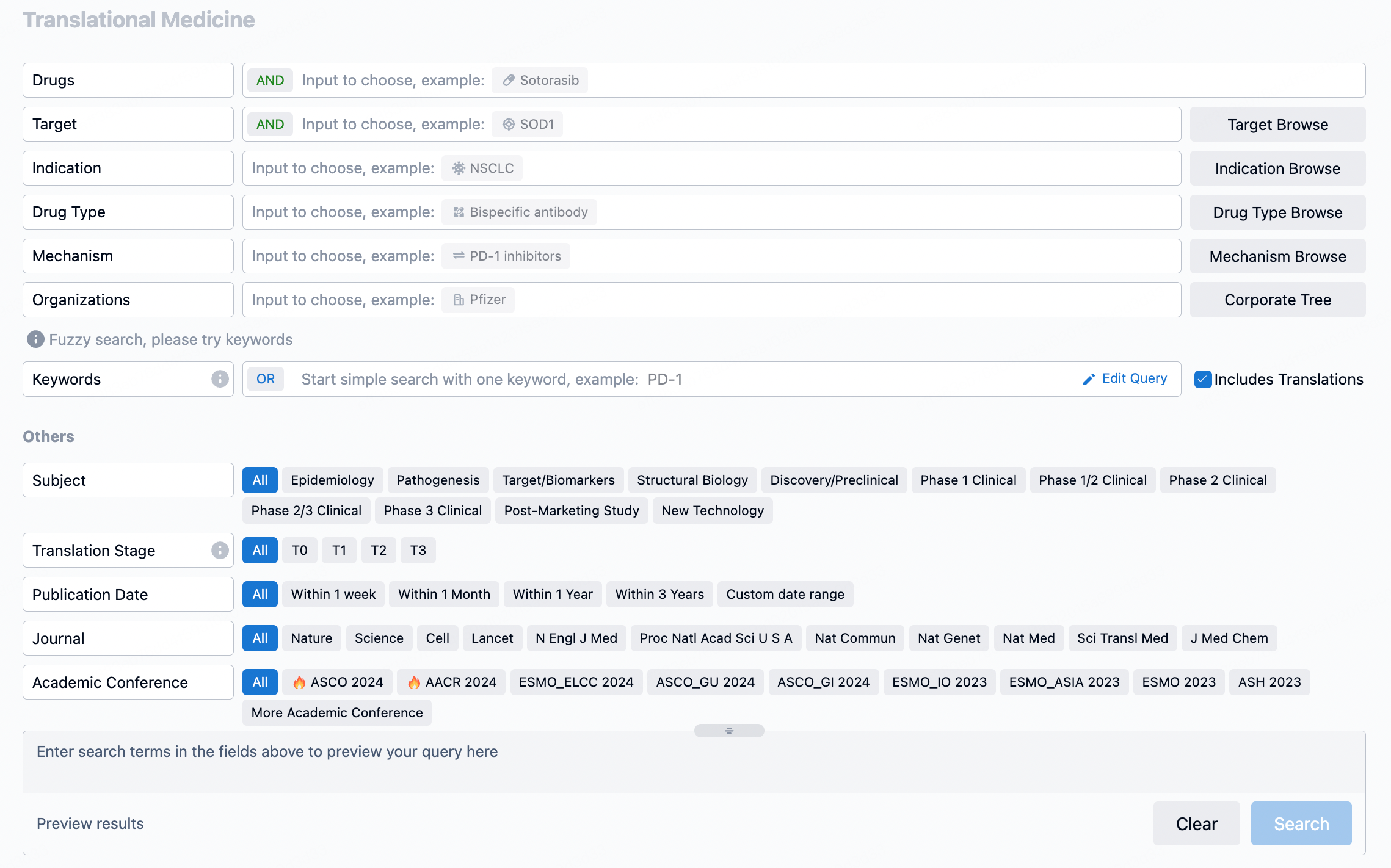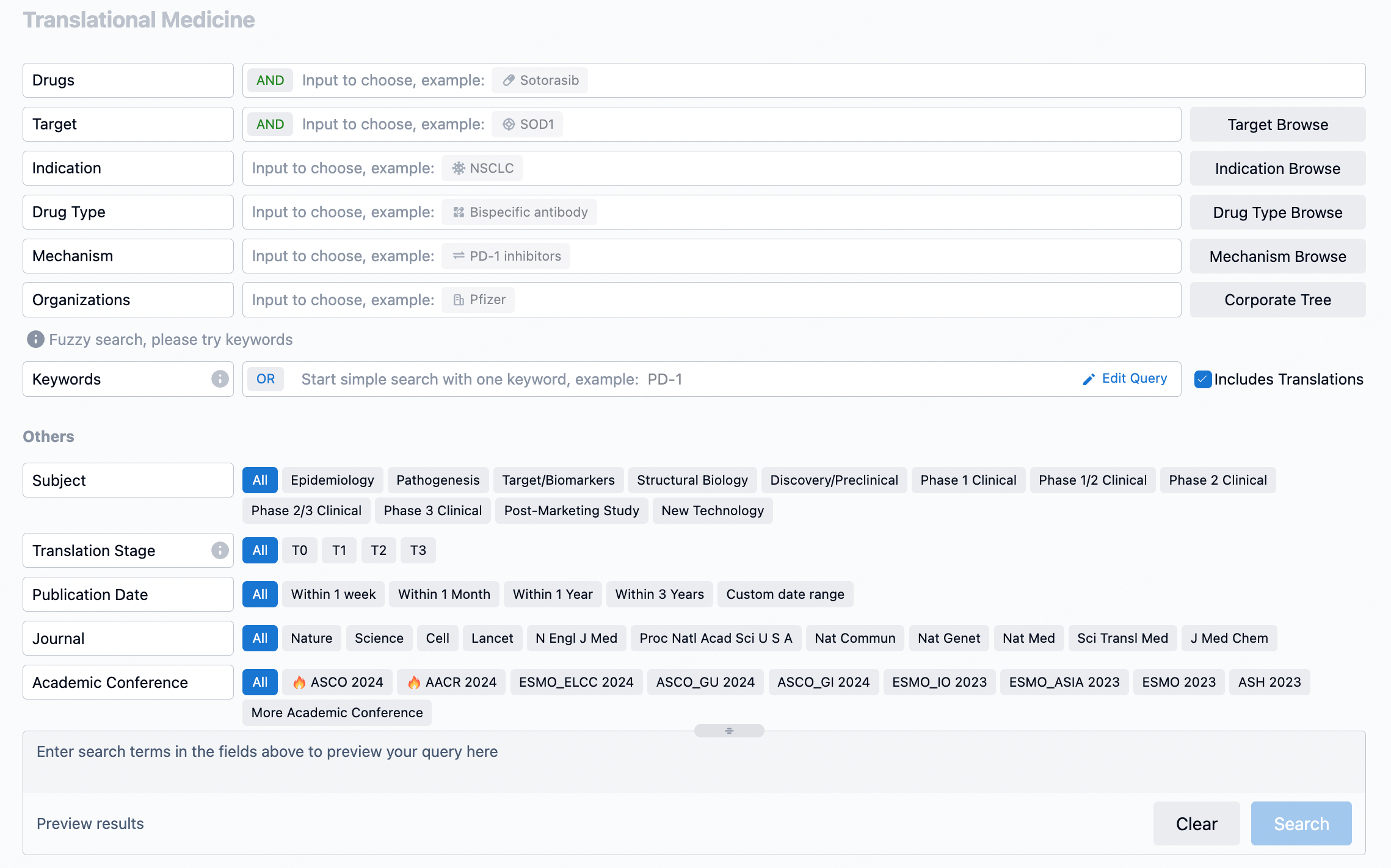Evaluating DISC-0998: A Humanized Anti-Hemojuvelin Monoclonal Antibody's Impact on Hepcidin Production and its Pharmacological Profiles in Preclinical Studies
The study introduces two monoclonal antibodies (mAbs), DISC-0974 and DISC-0998. DISC-0974 has been observed to increase serum iron levels by interfering with HJV function and reducing hepcidin production, with a Phase 1 clinical trial indicating monthly subcutaneous dosing is feasible.
DISC-0998 is a highly selective mAb with a special mutation designed to increase its half-life. Preclinical studies have shown that it has biological activity, low potential for causing an immune response, and favorable pharmacokinetic and pharmacodynamic properties.
The aim of the study was to assess the relationship between DISC-0998, hepcidin, serum iron, and transferrin saturation (TSAT) in male cynomolgus monkeys. The monkeys were given various doses of DISC-0998, and blood samples were taken to measure various parameters. The results were compared to those from a previous study using DISC-0974.
DISC-0998 showed low clearance and a small volume of distribution, typical for a mAb, and had a longer half-life than DISC-0974, indicating a longer duration of effect. The study also showed a dose-dependent decrease in hepcidin-25 levels along with increased serum iron and TSAT.
The study concluded that DISC-0998 has a promising pharmacokinetic and pharmacodynamic profile in monkeys, suggesting similar or better potency compared to DISC-0974. This supports the continued development of DISC-0998 for treating AI-related disorders, with the potential for less frequent dosing.
How to Use Synapse Database to Search and Analyze Translational Medicine Data?
The transational medicine section of the Synapse database supports searches based on fields such as drug, target, and indication, covering the T0-T3 stages of translation. Additionally, it offers a historical conference search function as well as filtering options, view modes, translation services, and highlights summaries, providing you with a unique search experience.
Taking obesity as an example, select "obesity" under the indication category and click search to enter the Translational Medicine results list page. By clicking on the title, you can directly navigate to the original page.

By clicking the analysis button, you can observe that GLP-1R treatment for obesity has gained significant attention over the past three years, with preclinical research still ongoing in 2023. Additionally, there are emerging potential targets, such as GDF15, among others.

Click on the image below to go directly to the Translational Medicine search interface.

